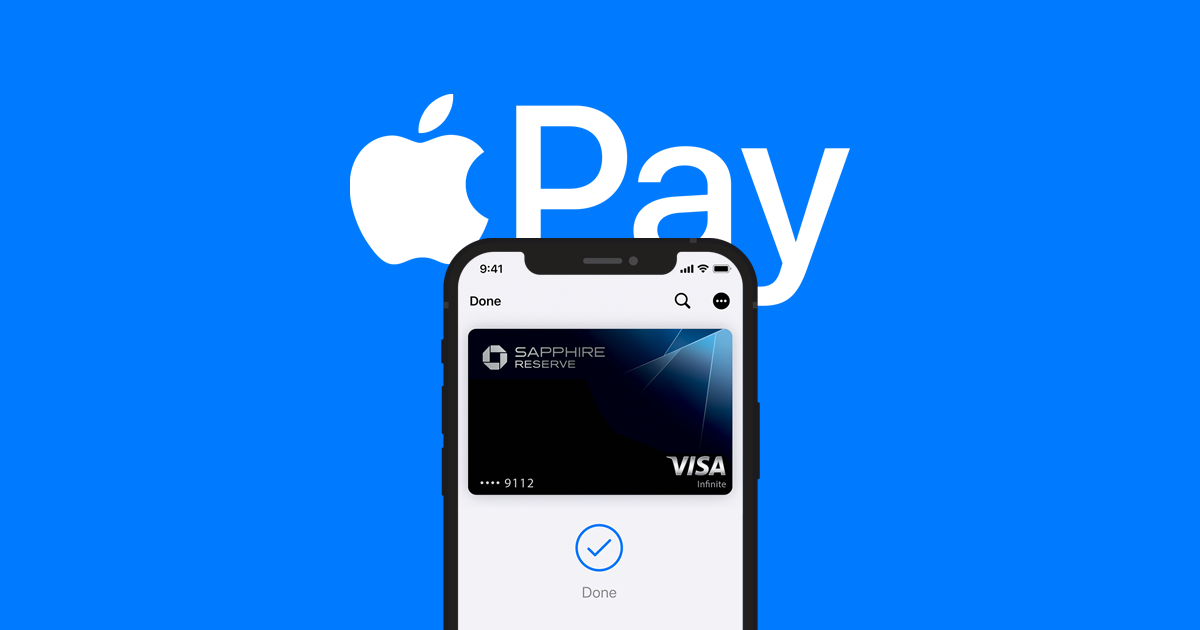In the rapidly evolving fitness industry, technology has become a crucial component of enhancing member experience, optimizing business operations, and staying competitive. One of the most significant technological shifts has been the rise of mobile payment solutions. These solutions enable fitness centers to offer convenient, secure, and flexible payment options...
How to Accept Mobile Payments in the Fitness Industry
In today's fast-paced world, convenience is key. People are constantly looking for ways to simplify their lives and make transactions more efficient. This is especially true in the fitness industry, where customers expect seamless experiences both inside and outside the gym. As a result, accepting mobile payments has become increasingly...
Mobile Payment Trends in the Fitness Industry
In recent years, the fitness industry has witnessed a significant transformation with the rise of mobile payment technology. Mobile payment, also known as m-payment, refers to the use of mobile devices to make payments for goods and services. This technology has revolutionized the way people pay for their gym memberships,...
Simplify Your Gym’s Payment Process: Integrating Software for Streamlined Operations and Enhanced Member Experience
Are you tired of the tangled web of payment processes at your gym? Picture this: a seamless experience for your members, efficient operations for your staff, and a boost in overall satisfaction. The solution lies in integrating software to revolutionize your gym's payment system. Here's a glimpse of what we'll...
8 Best Mobile Payment Apps for Fitness Professionals: Managing Transactions and Client Payments Anywhere, Anytime
Are you a fitness professional looking to streamline your business operations and enhance client experience? Managing transactions and client payments can be a time-consuming task, especially when you're constantly on the go. That's where mobile payment apps come in, providing a convenient and efficient solution for fitness professionals like you....
On-Demand Content in the Fitness Industry: Embracing Flexibility and Engagement
Are you tired of the rigid schedules and limited options when it comes to fitness classes and workouts? Imagine being able to access your favorite workouts at any time, from anywhere, and tailor them to fit your busy lifestyle. Welcome to the world of on-demand content in the fitness industry,...
What is Apple Pay and How Does it Work?
Apple Pay is a new mobile payment system that allows users with the iPhone 6, Apple Watch or later running iOS 8.1 or higher to pay for items at participating retailers via its NFC (Near Field Communications) chip with just a touch of their phone in stores. The user brings...






